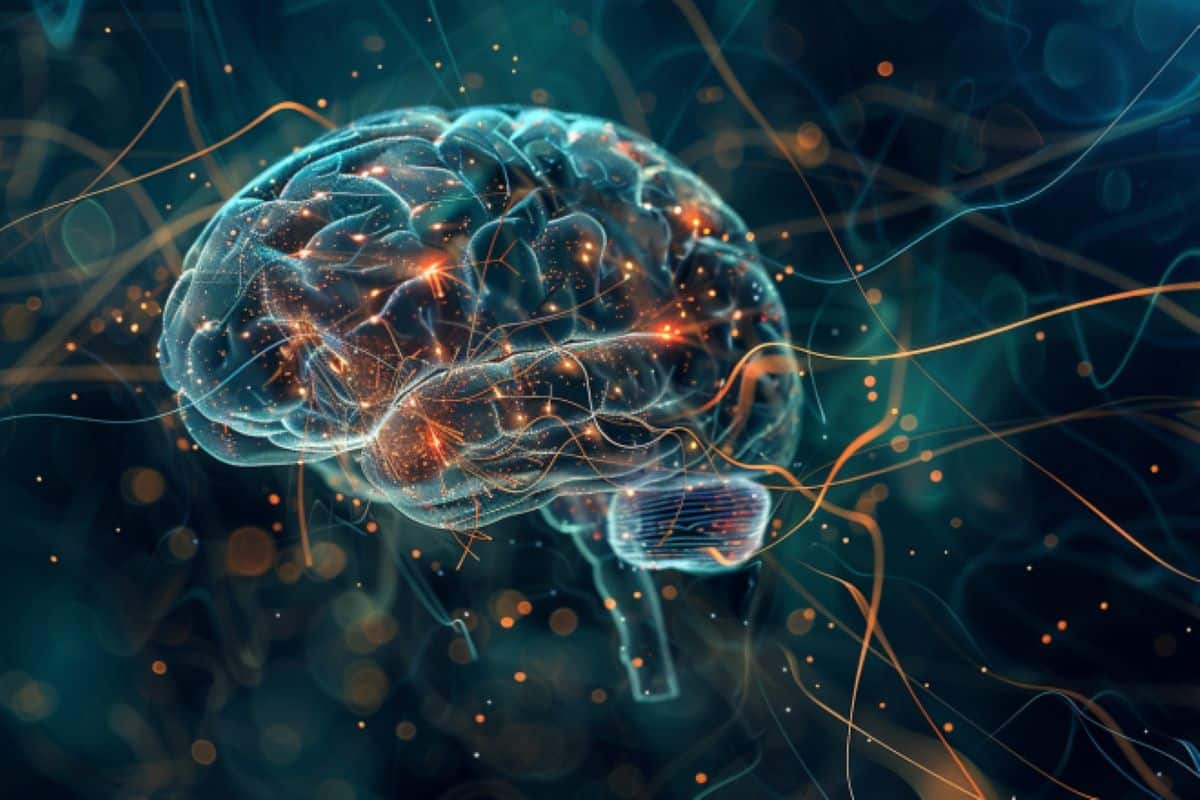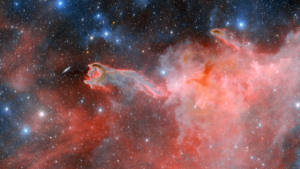Summary: New research reveals that brain structures in humans, mice and fruit flies are close to a phase transition, suggesting a universal principle. The study found that brain cells displayed fractal patterns indicative of criticality.
This finding could improve computational models of the brain’s complexity. The findings highlight a new dimension in understanding brain dynamics and structure.
Key facts:
- Brain structures in humans, mice and fruit flies show signs of criticality.
- Fractal-like patterns in brain cells suggest a state of phase transition.
- The results of the study could lead to improved models of the brain’s complexity.
source: Northwestern University
As the magnet heats up, it reaches a critical point where it loses magnetization. Called “criticality,” this point of high complexity is reached when a physical object transitions smoothly from one phase to another.
Now, a new study from Northwestern University has found that the brain’s structural features lie near a similar critical point—either at or near a structural phase transition. Surprisingly, these results were consistent across human, mouse, and fruit fly brains, suggesting that the finding may be universal.
Although the researchers don’t know what phases the brain structure moves between, they say this new information could enable new designs for computational models of the brain’s complexity and emergent phenomena.
The research was published today (June 10) in Communications Physics, a journal published by Nature Portfolio.
“The human brain is one of the most complex systems known, and many properties of the details governing its structure are still not understood,” said Istvan Kovacs of Northwestern, senior author of the study.
“Several other researchers have investigated the criticality of the brain in terms of neuronal dynamics. But we look at criticality at a structural level to ultimately understand how it underlies the complexity of brain dynamics.
“It was a missing piece in the way we think about the complexity of the brain. Unlike a computer, where any software can run on the same hardware, in the brain the dynamics and the hardware are tightly coupled.
“The structure of the brain at the cellular level appears to be close to a phase transition,” said Northwestern’s Helen Ansel, first author of the paper.
“An everyday example of this is when ice melts into water. These are still water molecules, but they are going from a solid to a liquid state.
“We’re certainly not saying the brain is close to melting. We actually have no way of knowing which two phases the brain can go between. Because if it was on either side of the critical point, it wouldn’t be a brain.
Kovacs is an assistant professor of physics and astronomy in Northwestern’s Weinberg College of Arts and Sciences. At the time of the study, Ansell was a postdoctoral fellow in his lab; she is now a Tarbutton Fellow at Emory University.
While researchers have long studied brain dynamics using functional magnetic resonance imaging (fMRI) and electroencephalograms (EEG), advances in neuroscience have only recently provided massive datasets of the brain’s cellular structure.
These data opened up opportunities for Kovacs and his team to apply statistical physics techniques to measure the physical structure of neurons.
For the new study, Kovacs and Ansel analyzed publicly available data from 3D brain reconstructions of humans, fruit flies and mice. By examining the brain at nanoscale resolution, the researchers found that the samples exhibited distinctive physical properties associated with criticality.
One such property is the well-known fractal structure of neurons. This nontrivial fractal dimension is an example of a set of observables called “critical exponents” that appear when the system is close to a phase transition.
Brain cells are arranged in a fractal statistical pattern at different scales. When magnified, fractal shapes are “self-similar”, meaning that smaller parts of the sample resemble the whole sample. The sizes of the different observed neuron segments are also different, providing another clue.
According to Kovacs, self-similarity, long-range correlations, and wide size distributions are signs of a critical state where features are neither too organized nor too random. These observations lead to a set of critical exponents that characterize these structural features.
“These are things we see in all critical systems in physics,” Kovacs said. “The brain appears to be in a delicate balance between two phases.”
Kovacs and Ansel were amazed to find that all the brain samples they studied—from humans, mice, and fruit flies—had consistent critical exponents across organisms, meaning they shared the same quantitative characteristics of criticality.
The underlying, compatible structures between organisms suggest that a universal governing principle may be at play. Their new findings could potentially help explain why the brains of different creatures share some of the same fundamental principles.
“At first, these structures look quite different — the entire brain of a fly is about the size of a small human neuron,” Ansel said. “But then we found emerging properties that are surprisingly similar.”
“Among the many features that are very different across organisms, we relied on the suggestions of statistical physics to test which measures are potentially universal, such as critical metrics. Indeed, they are consistent across organisms,” Kovacs said.
“As an even deeper sign of criticality, the resulting critical metrics are not independent—from any three we can calculate the others, as statistical physics dictates.
“This discovery opens the way to formulating simple physical models to capture statistical patterns of brain structure. Such patterns are useful inputs for dynamic brain models and can be inspirational for artificial neural network architectures.
The researchers then plan to apply their techniques to emerging new datasets, including larger brain regions and more organisms. They aim to discover whether universality will still apply.
The study, “Revealing Universal Aspects of Brain Cellular Anatomy,” was supported in part by the computational resources of the Quest High Performance Computing Facility at Northwestern.
About this neuroscience research news
Author: Amanda Morris
source: Northwestern University
Contact: Amanda Morris – Northwestern University
Image: Image credit: Neuroscience News
Original Research: Free access.
“Revealing Universal Aspects of Brain Cellular Anatomy” by István Kovács et al. Physics of communications
Summary
Unraveling universal aspects of brain cellular anatomy
Recent volumetric brain reconstructions at the cellular level have revealed high levels of anatomical complexity. Determining which structural aspects of the brain to focus on, especially when compared to computational models and other organisms, remains a major challenge.
Here, we quantify aspects of this complexity and show evidence that brain anatomy obeys universal scaling laws, establishing the notion of structural criticality in the cellular structure of the brain.
Our framework is based on an understanding of critical systems to provide clear guidance in the selection of informative structural properties of cellular brain anatomy.
As an illustration, we obtain estimates of the critical exponents in human, mouse, and fruit fly brains and show that they are consistent across organisms as far as data constraints allow.
Such universal quantities are robust to many of the microscopic details of the cellular structures of individual brains, providing a key step toward generative computational models of the brain’s cellular structure and also clarifying in what sense one animal can be a suitable anatomical model for another.



